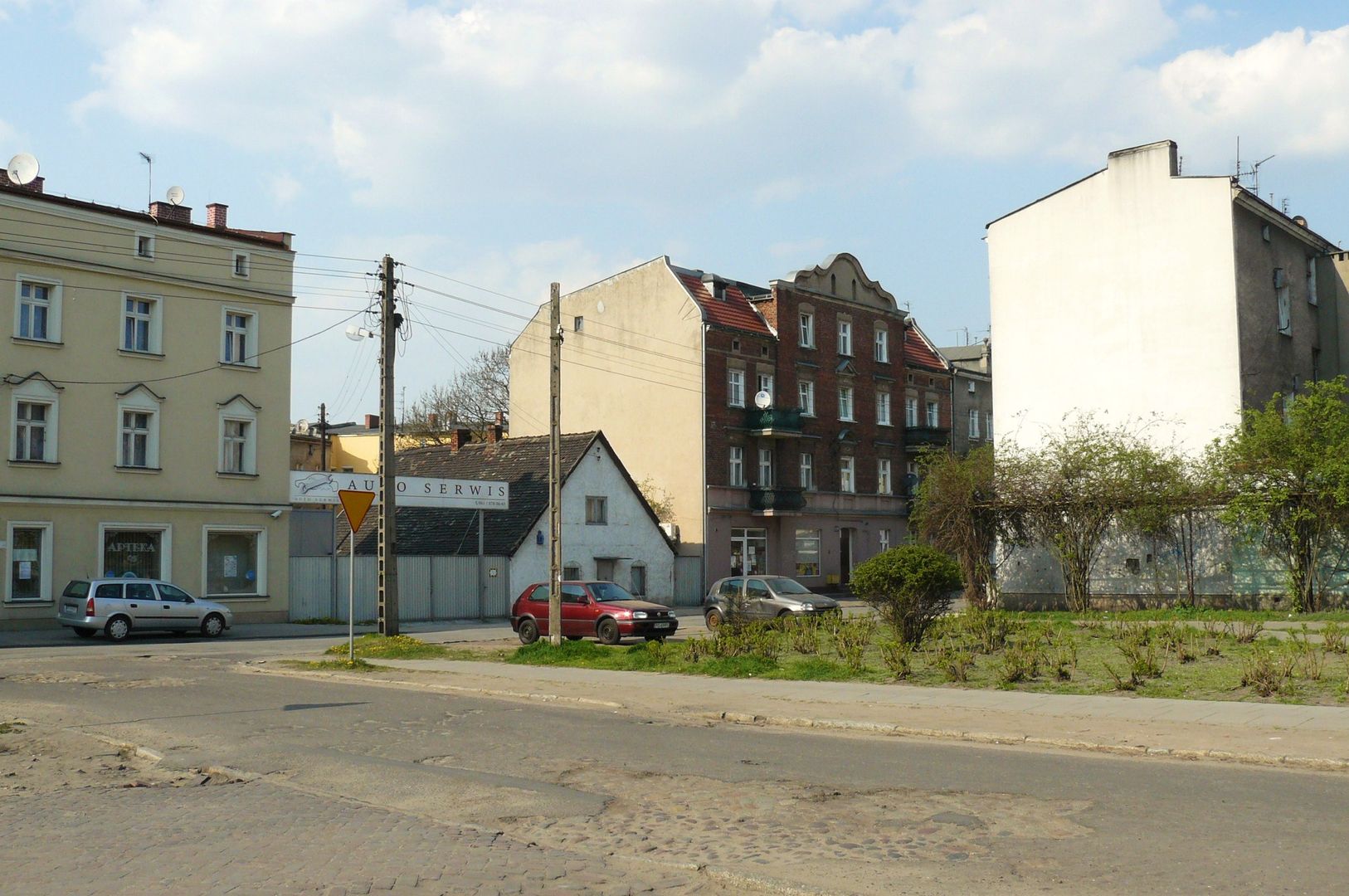Main
7.04

Overview
Główna, a district of Poznań, is situated on the right bank of the Warta River and forms part of an area that also includes Nadolnik. The name Główna is associated with the Główna River and the location of the area, which was conducive to settlement. The history of Główna dates back to the end of the Ice Age, with traces of settlement found dating back 5,000 years. The district has a rich history, having been the site of a settlement of Poznań bishops and the flourishing of water and paper industries in the 16th and 17th centuries. In the 18th century, Główna lost its rural character due to Prussian confiscations of church properties. The 19th century saw the beginning of industrialization, leading to the arrival of industrial plants such as metallurgical works, bearing factories, and chemical plants. In 1925, Główna was incorporated into Poznań, which contributed to the development of its infrastructure. Architecturally, Główna has retained its small-town character with structures such as the neo-baroque Church of the Immaculate Conception of the Blessed Virgin Mary, historic houses, and chapels. The district has experienced periods of development and stagnation, and in the 20th century, it was home to diverse communities, including Roma people. During World War II, Główna was the site of camps for Poles and Jews, commemorated by a monument. Today, Główna benefits from public transportation, and its architectural development is stimulated by urban planning. Notable figures who lived in the district include Tadeusz Kirschke, chaplain of Radio Free Europe, and Aleksander Studniarski, an anti-communist activist. Główna is a place with a rich history, interesting architecture, and cultural traditions, still developing within the framework of modern Poznań.
Location
Tickets
Powered by GetYourGuide
You can also find here:
2025 Wizytor | All Rights Reserved
